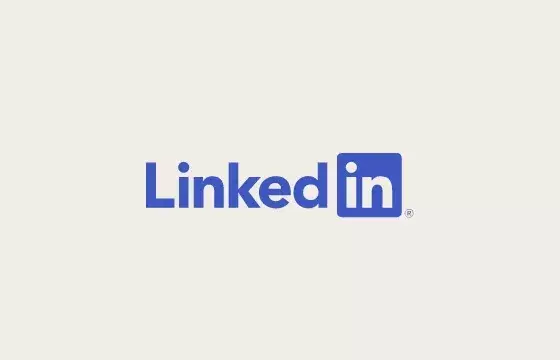As Microsoft continues to reveal its quarterly updates, the narrative surrounding LinkedIn’s performance remains remarkably consistent—perhaps to the point of redundancy. As a platform purporting to bridge professional networking and career advancement, the data points reported by Microsoft often seem to overlook crucial contextual nuances, leading to questions regarding transparency and actual user interaction.
From year to year, the storyline around LinkedIn’s growth appears to be a perpetual cycle, with claims of “record engagement” featuring prominently in every quarterly update since 2018, save for a single quarter. Such a frequency of records would seem highly improbable in any domain; therefore, one might wonder what constitutes this “engagement.” Does it reference the sheer number of times people log in, the interactions they achieve, or something else entirely? While Microsoft is eager to communicate positive growth, the underlying specificity—or lack thereof—casts a shadow over these statements.
By adeptly framing their updates, Microsoft effectively elevates LinkedIn’s performance to lofty heights, but with few tangible metrics beyond the vague notion of increased sessions. This approach leads to skepticism about the value of these reports, with critics questioning the distinction between membership growth and active user engagement, a critical point neglected in the discourse.
LinkedIn proudly claims a staggering billion members, a feat that undoubtedly positions it as a significant player in the tech landscape. However, juxtaposing member counts against active user statistics unveils a disconcerting truth: mere registration does not equate to meaningful interaction. Reports suggest that among LinkedIn’s EU membership, less than 30% actively engage with the platform, which suggests that around 300 million of the reported billion could rightly be classified as genuine active users.
In the age of data-driven analytics, comparing membership figures with active engagement statistics highlights a disparity that LinkedIn’s reporting seemingly ignores. Unlike platforms such as Twitter (now branded as X), which face significant criticism for inflating user counts, LinkedIn appears to glide by without such scrutiny. The less-than-transparent reporting raises pertinent inquiries: why is LinkedIn opting for this method of presentation? Is it a calculated strategy to maintain favorable public perception in a niche market?
Transparency should be the hallmark of any social platform striving to maintain trust with its user base. The selective revelation of statistics fails to paint a holistic picture of LinkedIn’s performance. In the digital world, where user experience and genuine engagement are paramount, there is an inherent risk in presenting half-truths. Businesses and individuals alike rely on reliable metrics to inform their decisions, and the reluctance to delineate between apparent membership growth and actual user activity might lead to misguided conclusions about the platform’s efficacy.
Furthermore, LinkedIn’s attempts to mimic characteristics of wider social networking platforms—implementing Stories or TikTok-like video feeds—might indicate a diversion from its core strengths. While innovation is vital for growth, losing sight of the platform’s professional roots in pursuit of broader engagement can dilute user experiences and alienate the very audience it aims to attract.
As LinkedIn continues to contribute to Microsoft’s coffers, generating a reported 10% revenue increase this past quarter, scrutiny surrounding its user engagement will likely persist in the shadows. Microsoft’s strategic focus on bolstering AI integration across its platforms reflects its broader commercial ambitions, yet whether it leads to more genuine interactivity or merely a façade of engagement on LinkedIn remains to be seen.
Corporate entities must remember that engagement isn’t solely about numbers; it is about building a committed user base that finds value in the platform. Thus, the dialogue surrounding LinkedIn’s performance and transparency warrants immediate attention.
There is little doubt that LinkedIn holds a unique niche in the landscape of social networks, primarily targeting the business community. However, to foster genuine engagement and maintain user trust, the platform must re-evaluate its reporting approaches. It’s time for LinkedIn to move beyond the cycle of vague terminology and engage in a more straightforward dialogue regarding its user metrics. Only then can it truly leverage its potential as a vital tool for professional growth while avoiding the pitfalls of misrepresentation.

